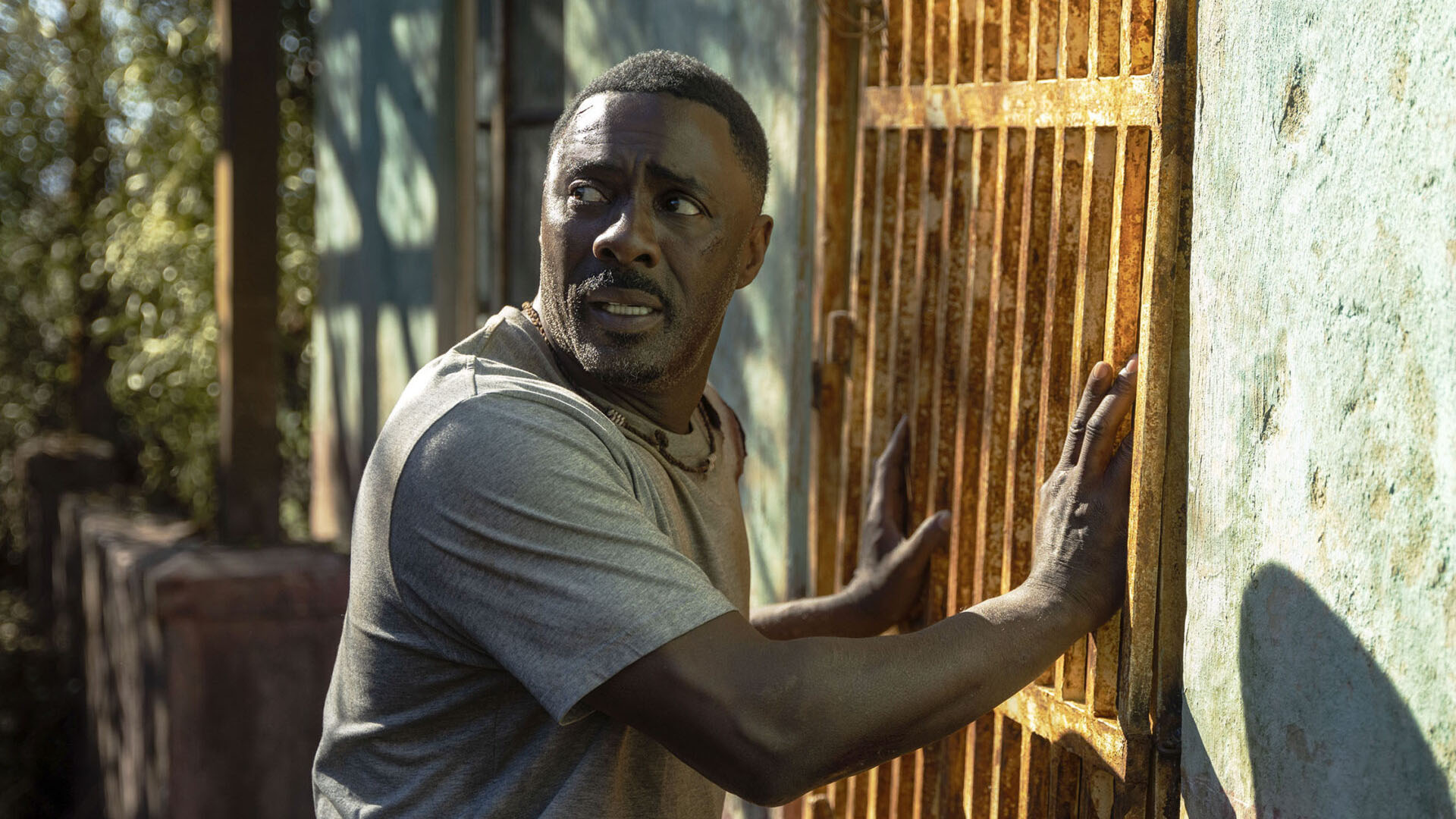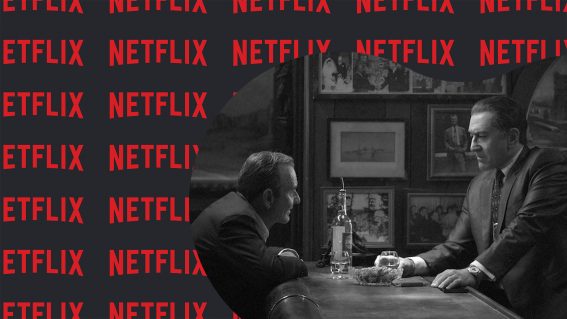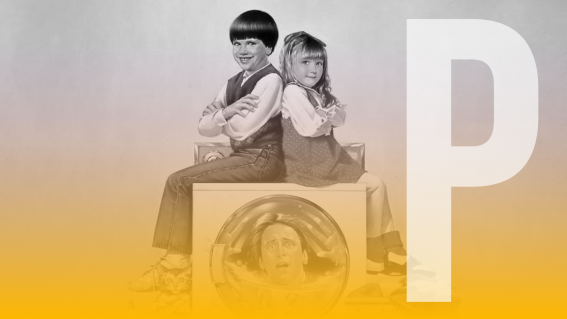Beast gets us looking back at the best of the animal attack movie sub-genre

Idris Elba and his daughters are hunted by a rogue lion in Beast, which sets Dominic Corry off on a safari through the animal attack movie sub-genre.
Beast (2022)
There ain’t nothing like a good animal attack movie. Seeing the food chain reversed on screen is ceaselessly entertaining, and you have to admire the sub-genre for sticking it out in an era when 90% of cinematically-released movies are mere IP extensions.
Ever since Jaws invented the summer blockbuster and began its reign as the most popular film of all time (which was relatively short-lived thanks to Star Wars), there has been money in the animal attack movie.
Hollywood’s latest offering to the animal attack gods is Beast, which has Idris Elba playing a widow trying to protect his two daughters (and Sharlto Copley) from an angry lion in a South African game reserve.
Directed by Icelandic filmmaker Baltasar Kormákur, who currently enjoys the generally unremarked-upon distinction of having directed the biggest-budgeted movie with the most on-screen New Zealand accents (2015’s Everest), Beast is an efficient example of the genre that exploits the photo-real lion CGI used to considerably less dramatic effect in Jon Favreau’s “live action” version of The Lion King.
Kormákur also sets his film apart by constructing it almost entirely out of long tracking shots, making this in many ways the Rope (or Gravity) of animal attack movies. The film periodically dips out of the convention, but its usage feels relatively unprecedented in this kind of film, and it’s pretty cool.
Animal attack movies of this size have benefitted greatly from advances in CGI (we’ve come a long way since 1996’s The Ghost and the Darkness, another Africa-set lion-attack movie starring Val Kilmer and Michael Douglas that you read more about in this retrospective by Travis Johnson) making ambitious staging more achievable without putting anyone in danger. One of the most interesting usages of it in this film is an early scene in which Copley’s character nuzzles and playfully wrestles with a (friendlier) lion. It’s not often CGI is utilised for heartwarming scenes in animal attack movies, and I appreciated it here.
It’s also a scene that vividly recalls perhaps the most remarkable lion film of all time, 1981’s Roar, in which real-life lion conservationist (sort of) Tippi Hedren (from Alfred Hitchcock’s The Birds) co-starred with her real family (including young daughter Melanie Griffith) and their actual pet lions. It’s a must-be-seen-to-be believed movie which features plenty of lion-nuzzling, and results in serious injuries to most of the cast.
Tonally and structurally, Beast reminded me most of the stellar 2016 shark movie The Shallows, in which Blake Lively is stalked by a great white just offshore. Beast similarly restricts its action to a contained area, which is the most consistent trend in modern animal attack movies.
I contend the best example of this is 2019’s Crawl, in which Kaya Scoledario contends with alligators inside a flooded house. Crawl is gnarly as all heck, and part of me wished Beast had been willing to go as nasty as the Alexandre Aja-directed film did. Aja is responsible for some of the grisliest death scenes in modern cinema (like the hair/propeller interface in his 2010 Piranha remake), and Beast could’ve benefitted from some of his dismemberment-happy tendencies.
Something else unique offered up by Beast recalls the abandoned finalé of Joe Carnahan’s 2011 wolf movie The Grey. [SPOILER WARNING] The released version cuts to black just as Liam Neeson is about to engage in man versus beast combat with a wolf, but apparently an actual fight was filmed and deemed not good enough to put on screen. Without getting too far into specifics Beast fulfills the potential of that idea in its finalé.
Beast demonstrates a playful awareness of its own sub-genre by having a character wear a Jurassic Park T-shirt early in the film, which foreshadows the best stuck-in-a-car-while-animal-attacks scene since that 1993 classic. It will give pause to any Kiwis who drove through Auckland’s Lion Safari Park in their youth.
It also cannot help but recall the 1983 Stephen King adaptation Cujo, in which a mother and child spend almost an entire movie stuck in a car while a rabid St. Bernard attempted to smash its way in. These all speak to how a car offers some, but not complete, protection from an angry animal.
Beyond the theatrical market, there exists a ridiculous number of animal attack movies, very few of which offer anything to get excited about, but are worth noting. There’s been a steady stream of DTV sequels to notable modern efforts like Deep Blue Sea, Lake Placid and Anaconda (sometimes in the same movie) and DTV franchises such as The Reef, which some people seem to like.
But none of them offer production value on the level of Beast, which stands as a worthy entry into the modern animal attack canon.



















